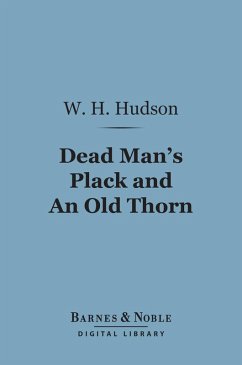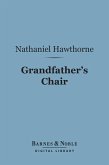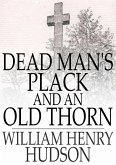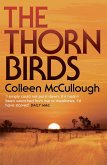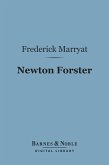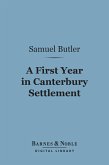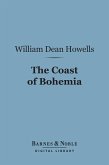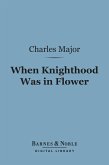The title of this popular 1920 classic by the eminent naturalist refers to two locales that inspired him to seek out not only their scientific wonders but also the stories behind their tradition and lore. The first, Dead Man's Plack, details the legend behind a memorial cross where Hudson went to explore the insect life and became immersed in investigating the murder story that occasioned it. The second, The Hawthorn and the Ivy Near the Great Ridge Wood, concerns a solitary tree whose beauty and the stories surrounding it, soon far outweigh his curiosity about its botanical habits.
Dieser Download kann aus rechtlichen Gründen nur mit Rechnungsadresse in A, D ausgeliefert werden.

